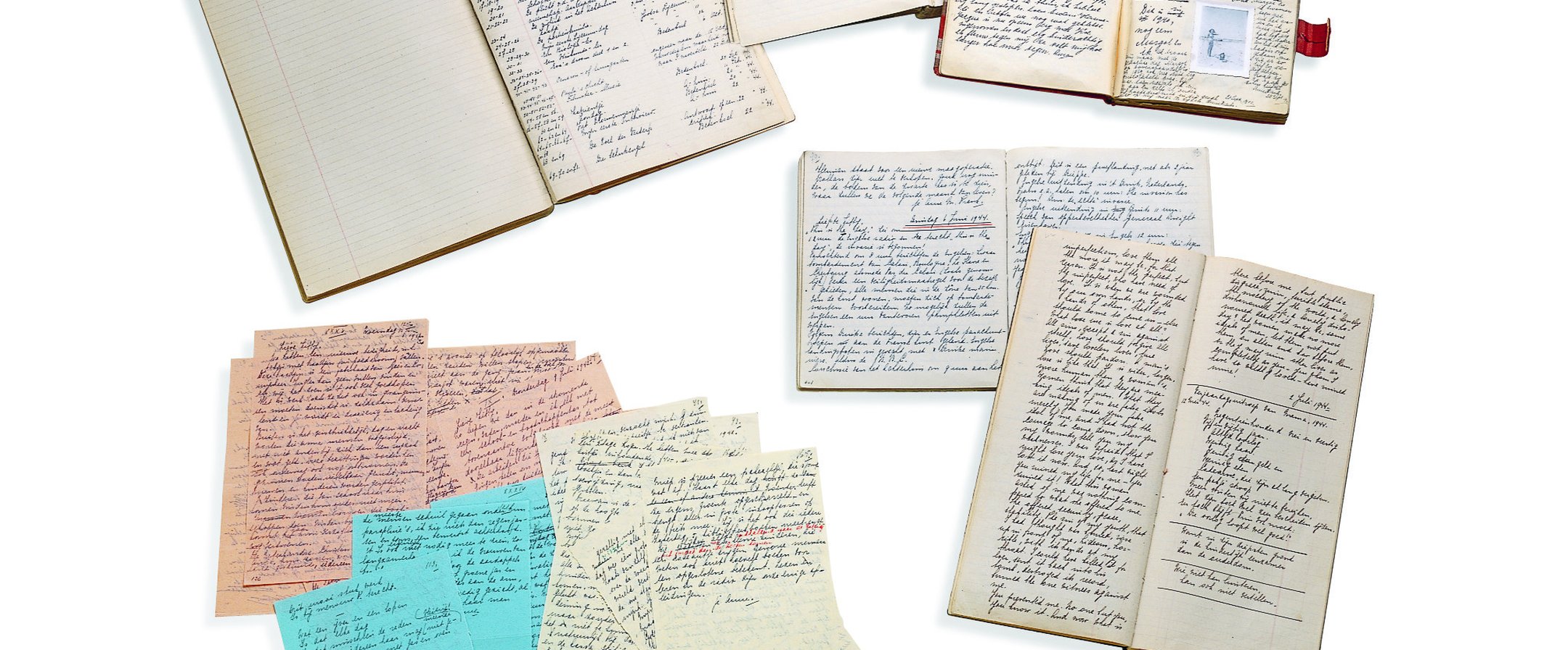The love has cooled
In Het Achterhuis (The Secret Annex) Anne left out much she had written about in her first diary. The most striking example was her love for Peter van Pels.
On 19 March 1944, Anne wrote in her diary about an intimate conversation with Peter: ‘We told each other so much, so very very much, that I can’t repeat it all, but it was lovely, the most wonderful evening I have ever had in the "Secret Annex".’ (19 March 1944, A-version). In the rewritten version, she left out this entire letter.
By the time Anne was busy rewriting her diary, her love for Peter had cooled considerably and she was a little disappointed with him. He had not become the friend she had hoped for.
